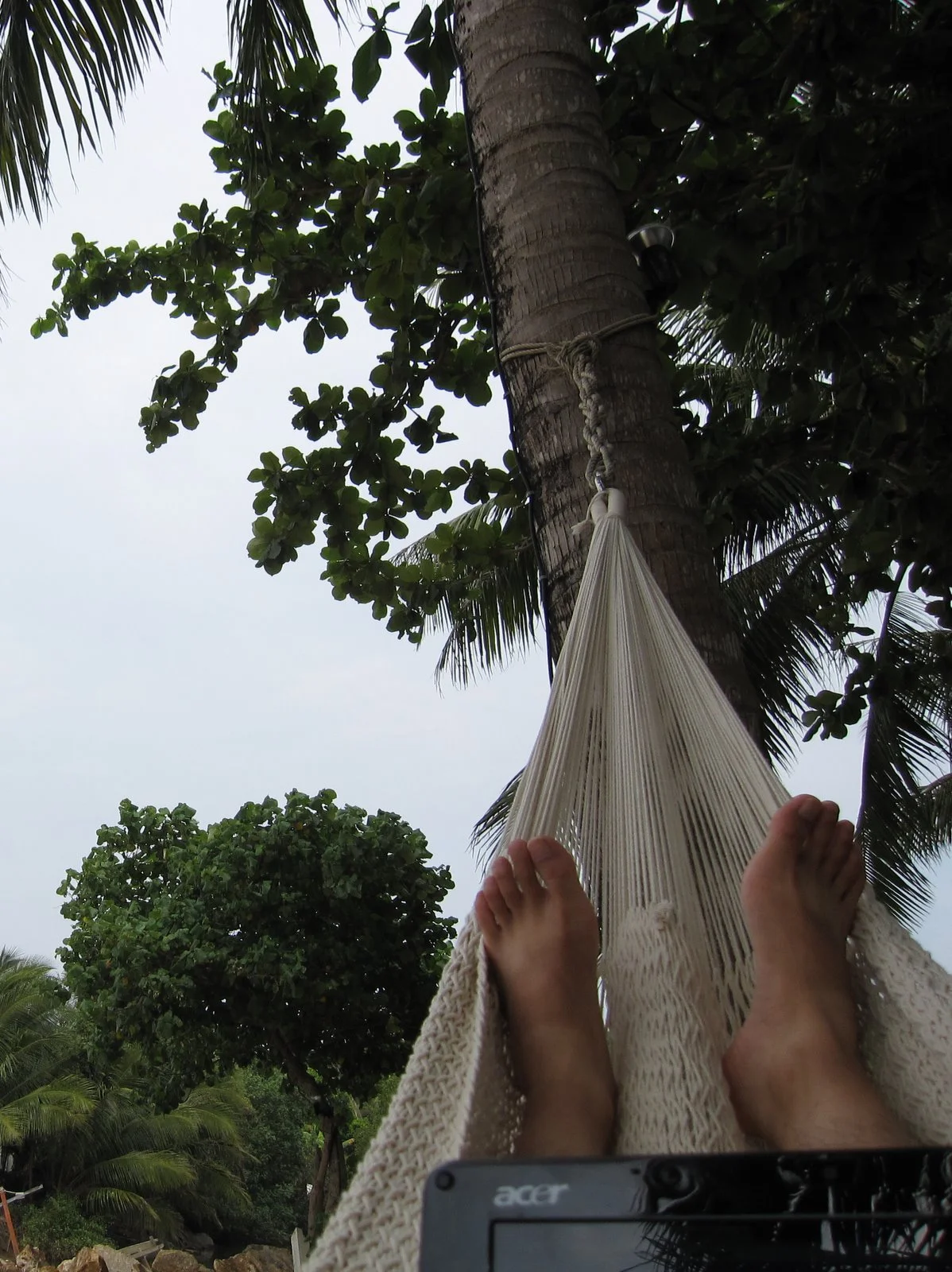Technology on the Road: bringing along a computer
People say the best time to pack is after you get home from a trip. That's when you know what was most useful, what you didn't use much, and what you wish you had. This is the fifth in a series of RTW Tips about what to pack.
Before I embarked on my US roadtrip and my RTW trip, I knew I wanted to have some sort of device that would let me access the internet. I wanted to be able access the internet and not have to rely on public computers, since being on the road for 5 months meant buying plane tickets, planning itineraries, and banking online. I also wanted to store my pictures somewhere (I ended up with almost 50 GB of pictures at the end of 5 months), and blog.
I considered everything from an iPhone, a Blackberry, to "mobile internet devices" from companies I'd never heard of, all the way to a MacBook Air. I bought and returned an HP mini (sticky keyboard), and bought and returned a Sony Vaio P (all of the salespeople kept telling me how fragile it was, and the screen had the tiniest text, and it was really expensive).
I ended up with an Acer Aspire One, with an 8.9" screen running Windows XP. I have to say, I had zero affinity with the Acer brand before I bought it, and I still would be open to other brands (especially Apple) on future purchases. But here's why I love my particular model:
- Very small. It could fit into every single hotel safe, even if it were designed to fit only passports and tickets. (The safe didn't need to be laptop-sized, which is what a MacBook Air, and any netbook with a screen larger than my 8.9" Aspire One, would have needed).
- Very light. When I felt more secure carrying it with me, it was so light I forgot about it.
- Nice sized keyboard. I type very naturally on it. (I think blogging on iPhone or Blackberry would have been painful.)
- Nice sized screen, with appropriate resolution. (The Sony Vaio P packed too much resolution into its tiny screen, making reading a giant chore.)
- In addition to wifi, it also has wired Ethernet. Despite projections of a wireless future, the reality is that many places, in both the US and overseas, only have wired internet. And at places that gave me an option between wired and wireless, the wired connection was almost always faster and more reliable. (A lot of computers like the HP mini and MacBook Air forgo this, and none of the smartphones have it.)
- Built-in SD card reader - very handy to transfer files.
- Built-in speaker and microphone - necessary for Skype, a must-use for calling anyone anywhere overseas.
- Has a "regular" operating system like Windows XP. I haven't yet seen a smartphone or "mobile internet device" that lets you transfer pictures from your camera, backup online, edit/crop pictures, and blog with pictures attached.
- Only $300 at Costco. Not only did this let me see more, do more on my trip, but I also felt less "precious" and paranoid about carrying around a $300 computer, vs. a $1000+ Sony Vaio P or $2000+ MacBook Air.
I couldn't have survived without my netbook. The security of using your own computer to pay bills online and buy tickets was invaluable, and you never have to wait in line to use a computer in a hotel lobby or go outside searching for an open internet cafe.


